Spring Gardening Tips
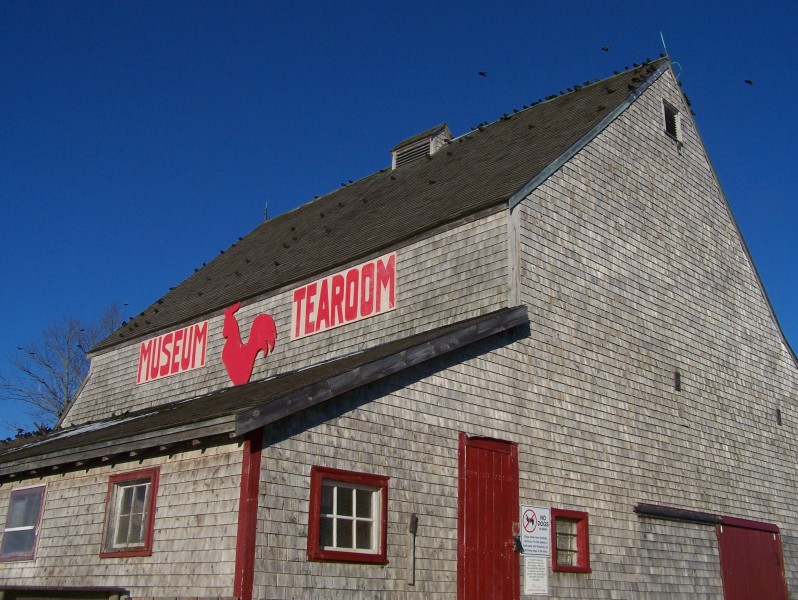 Back in 2014, our friends at the Cole Harbour Heritage Farm and Rose & Kettle Tea Room shared a few of their top tips for spring gardening with us. With spring in bloom once again, we thought this was the perfect time to emphasize their tips. Follow along as they share everything you’ll need to know to make your garden a success this year!
Back in 2014, our friends at the Cole Harbour Heritage Farm and Rose & Kettle Tea Room shared a few of their top tips for spring gardening with us. With spring in bloom once again, we thought this was the perfect time to emphasize their tips. Follow along as they share everything you’ll need to know to make your garden a success this year!
Raised Beds
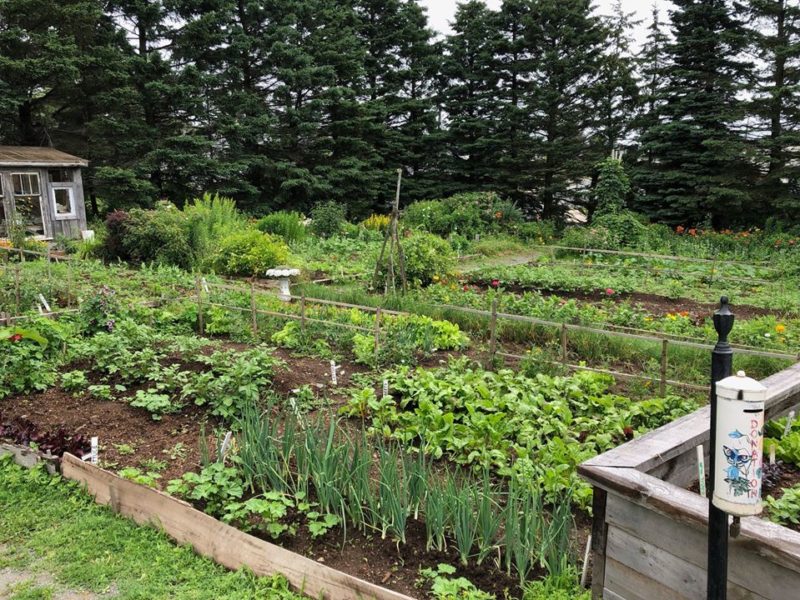
Our greatest problem at this time of year is most likely to be rain and more rain, leaving the soil wet and cold. For many people, planting in raised beds may be the way to go. Materials for building pre-fabricated beds are available from most hardware & gardening supply outlets, but they can be easily constructed from a few boards. Don’t make them too wide – you have to be able to reach your plants. The soil will dry out and warm up more quickly. If you are buying garden soil it might be more efficient to retain it in raised beds than to spread it over a wide area. Mix in plenty of compost.
Prep your soil and garden for early spring planting
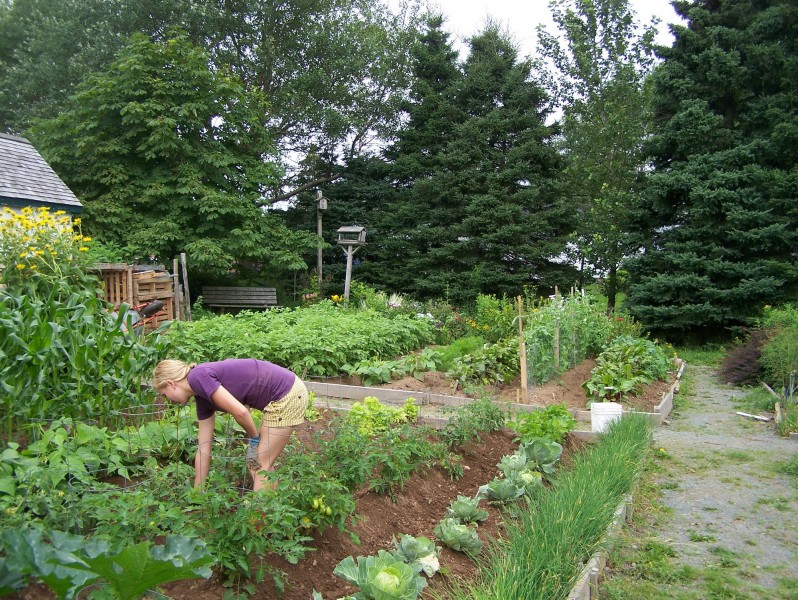
Good vegetable growing soil should be loam (a balance of organic and inorganic materials) and relatively free draining. As soon as the soil dries adequately, the hardier vegetables can be planted. They will grow in temperatures as low as 5C. The usual test for readiness is to squeeze a handful of soil and if it crumbles freely when you open your hand it is dry enough.
Sand, which drains too easily, will just pour through your fingers (add compost and some heavier soil). Clay, will stay in a muddy clump (add compost & sand). Hardy vegetables include kohlrabi, onions, lettuce, peas, radish, spinach and turnips. Broccoli, cabbage and cauliflower, though hardy, are better started in a cold frame (or purchased as transplants from the farmers market).
Semi-hardy vegetables (6 – 10C) are not frost tolerant. Beets, carrots, parsnips, potatoes and Swiss chard should be direct seeded where they will remain – not transplanted. Most of these will be planted by late May/early June. Leeks and parsley can also be direct seeded at this time but will mature more quickly if planted from transplants (available at farmers markets).
Cold frames give tender plants a head start
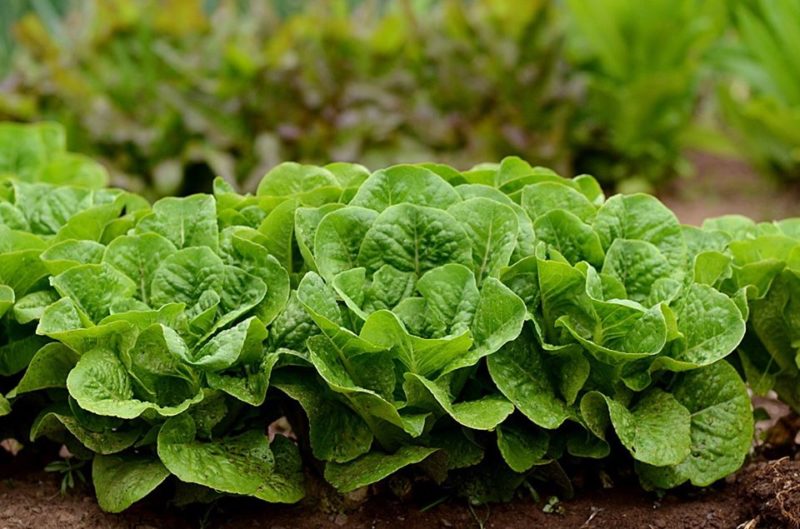
Cold frames are a convenient way of propagating more tender plants, or to give things like lettuce and other greens a head start (longer season). If you expect to be growing more of your own vegetables in years to come, build a sturdy cold frame in a convenient location. Lots of information about acquiring and situating cold frames is available. Temporarily, a simple wooden frame with a sheet of plastic will provide a start. See some at the Cole Harbour Heritage Farm Museum.
Plants started in the cold frame can be transplanted into the garden when big enough, usually when they have developed their first pair of real leaves, and hardened off. Expose (acclimatize) them gradually. Uncover during the day, especially as the temperature rises, but re-cover in the evening. Temperature range can be between 15C and 29C. Avoid overheating which stresses the plants making them more susceptible to pests and disease.
Tender Plants
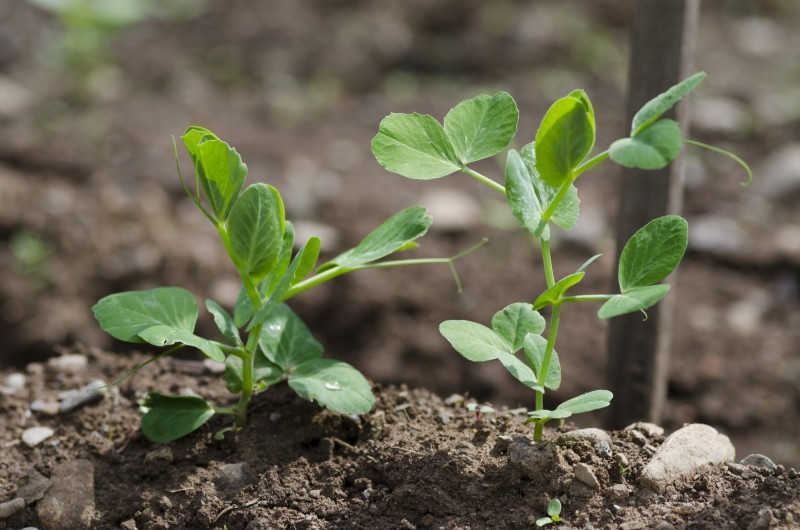
Tender plants include beans, celery, squash, eggplant, peppers, pumpkin and tomatoes. Cucumbers, squash and melons dislike disturbance so prefer to be planted directly when the soil has warmed. A black plastic cover will aid germination. Greenhouse growers have developed varieties that can be transplanted, however, if you’re running a bit late! Only a couple of cucumber and squash plants (especially zucchini!) will supply an average family for the season.
Corn may also be planted when the soil warms up. Choose a short-season variety (60 – 65 days to maturity), plant it in a warm, sunny, sheltered location in three or four short rows, side-by-side, rather than one long one, to facilitate germination. If you don’t have such a location, forego corn.
Continue to plant lettuce, salad greens, radishes and peas during the summer for a continuous supply. Greens and radishes can be interplanted amongst the slower growing carrots, parsnips, cauliflowers, etc. – they will be used up first.
Compost, it just makes sense… and soil
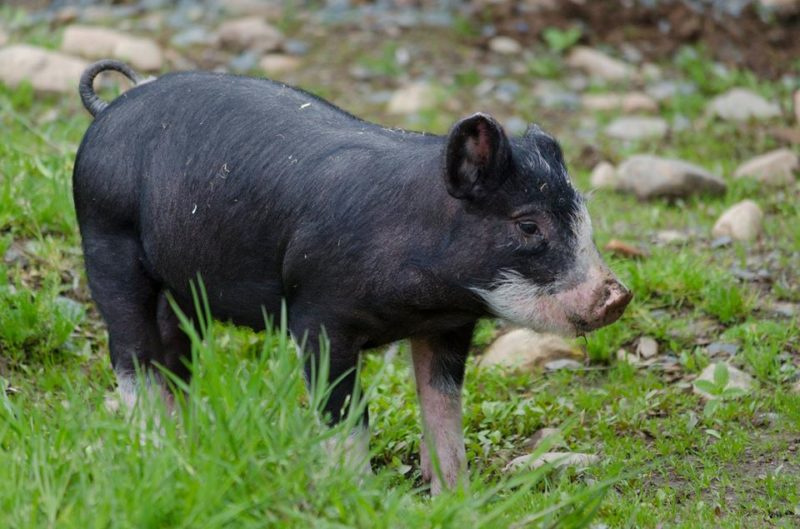 Remember to compost! Whether it’s in a composter, a box, a pile or any number of other ingenious contraptions, turn all your organic household scraps (not meat/bones), and all your garden waste – and your neighbours’ if they’re not using theirs into compost. Don’t be put off by all the “rules” about combinations of ingredients, additives, and need for regular turning. Just do it. It’s nature’s way and it’s basically common sense. If you don’t turn it regularly it will just take longer to break down, but it will.
Remember to compost! Whether it’s in a composter, a box, a pile or any number of other ingenious contraptions, turn all your organic household scraps (not meat/bones), and all your garden waste – and your neighbours’ if they’re not using theirs into compost. Don’t be put off by all the “rules” about combinations of ingredients, additives, and need for regular turning. Just do it. It’s nature’s way and it’s basically common sense. If you don’t turn it regularly it will just take longer to break down, but it will.
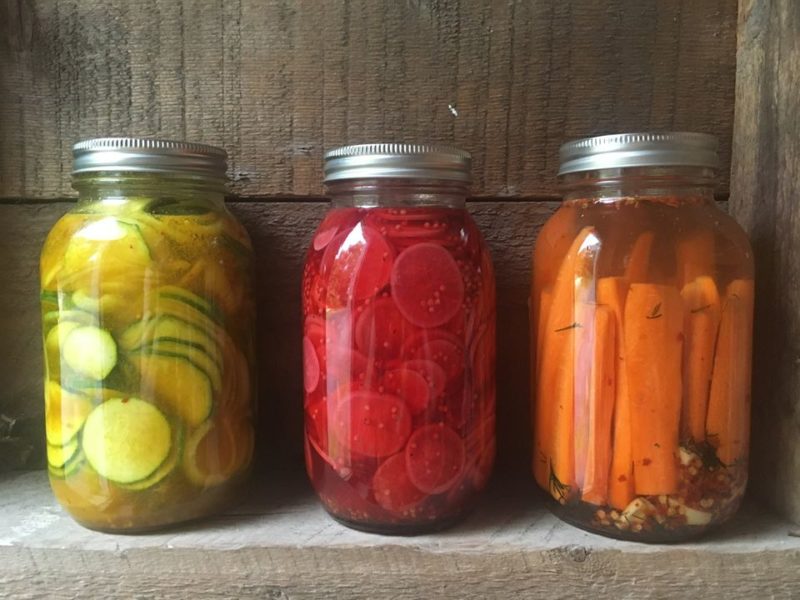
—
